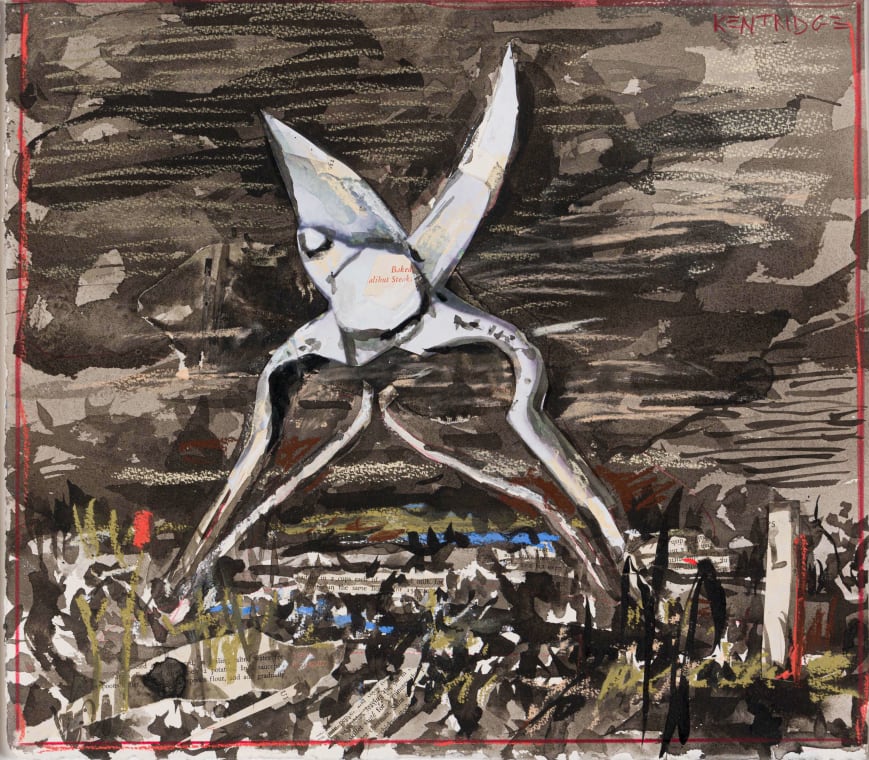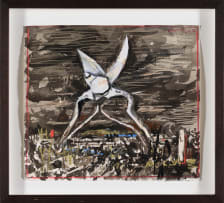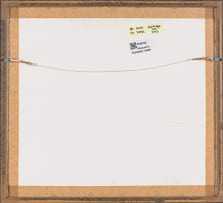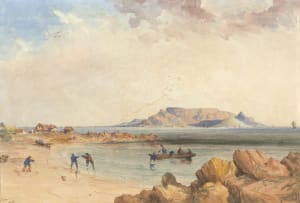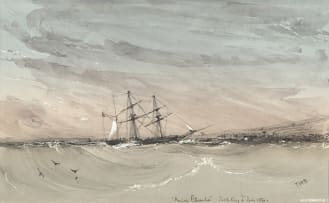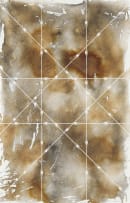Curatorial Voices: African Landscapes, Past and Present
Live Virtual Auction, 19 February 2024
Curatorial Voices: African Landscapes, Past and Present
About the SessionFrom Thomas Baines to Jake Aikman, Curatorial Voices: African Landscapes, Past and Present will showcase art by pioneering modernist and trailblazing contemporary artists, spanning 175 years of visual landscape painting on the African continent. This comprehensive auction reveals a nuanced understanding of the diverse cultural, historical, and environmental contexts that have shaped artistic representations of the landscape. Through an examination of various themes, the auction seeks to engage viewers in a dialogue that transcends time and space, connecting past representations to contemporary perspectives. The auction attempts to engage with the diversity of artists that have shaped and continue to shape the depiction of Africa through time.
The auction invites viewers on a captivating journey through the artistic expressions that mirror the multifaceted nature of African terrain. Through meticulous curation and insightful analysis, the catalogue aspires to be a valuable resource for scholars, art enthusiasts and anyone eager to embark on a thought-provoking exploration of Africa’s rich and complex artistic heritage.
Curatorial Voices
Recognising the dynamic discourse surrounding African Landscape, both past and present, the auction features texts by invited contemporary curators responding to the auction selection and themes. As external voices, they provide critical insights into the complexities of the landscape theme. By amplifying these contemporary perspectives, the exhibition seeks to bridge the gap between traditional representations and the ever-evolving discourse on the role of African art within the global art market.
Azza Satti, Independent Curator, Kenya
Azu Nwagbogu, Founder and Director of the African Artists’ Foundation (AAF), Nigeria
Camilla van Hoogstraten, Head of Sales, Latitudes Online
Ugoma Ebilah, Curator, Gallerist & Founder of Bloom Art
Nkgopoleng Moloi, Independent Curator, South Africa
About this Item
signed in red conté
Notes
William Kentridge is one of the great drawing innovators of the contemporary era. Coming of age after the post-painterly revolutions of the earlier 20th-century, his drawings encompass material and display innovations. Kentridge nonetheless remains committed to certain basics. "Charcoal and paper are not perfect substances," he has stated of the materials he is most closely associated with. "Charcoal can be erased easily, but not perfectly. The paper is tough and can be erased, redrawn, erased, and still hold its structure - but not without showing its damage. The erasure is never perfect".1 Around 2007, Kentridge incorporated Indian ink into his drawing practice. He now consistently produces drawings featuring some combination of charcoal, pastel and ink.
Essentially a figurative artist with a humanist focus, Kentridge's drawings have, since the later 1980s, been energised by his consistent portrayal of human-made paraphernalia such as electricity pylons, megaphones, typewriters, coffeepots, tableware and even cutting implements like scissors and shears. Kentridge's interest in cutting tools is different to that of Henri Matisse, who thought scissors "can acquire more feeling for line than pencil or charcoal".2 Kentridge shuns the discipline of the line that scissors offer; he generally prefers to work with torn paper. The shears in this lot, however, include a neatly sectioned pentagon at its centre. They bear the words "Baked [h]alibut Steaks". The legible fragments throughout share a gastronomic theme and suggest the culinary use of the vintage pruning shears.
Kentridge's shears ambulating through a dark landscape resemble Goya's giant walking left across a landscape in The Colossus (1808). Kentridge is an admirer of Goya, having praised his "extraordinary economy of line" and capacity to turn logic "on its head to reveal a world of the absurd".3 Kentridge's anthropomorphic repurposing of household tools into human proxies achieves a similar end. This interest was hinted at in his early procession drawings from 1989-90 depicting figures burdened by unusual loads. Kentridge has refined this visual motif across various drawings, chine collé prints, bronze editions and tapestries since 2000. Cutting implements abound throughout. Kentridge has joyously written of how, when viewed in a certain context, the thin handles of a pair of pliers or tin snips can be more appropriate to evoke human legs in a sculpture than the shaped handles of a pair of secateurs.4
1.William Kentridge (2014) Six Drawing Lessons, Cambridge: Harvard University Press, page 95.
2. Jack Flam (1995) Matisse on Art, Berkley and Los Angeles: University of California Press, page 212.
3. William Kentridge (2021) 'William Kentridge on Francisco Goya', in Frieze Masters, No. 9, online, https://www.frieze.com/article/william-kentridge-francisco-goya
4. William Kentridge (2018) That Which We Do Not Remember, Sydney: Naomi Milgrom Foundation, page 106.
